It uses a diverse array of elbow and knee strikes, shin kicks, submissions and ground fighting.
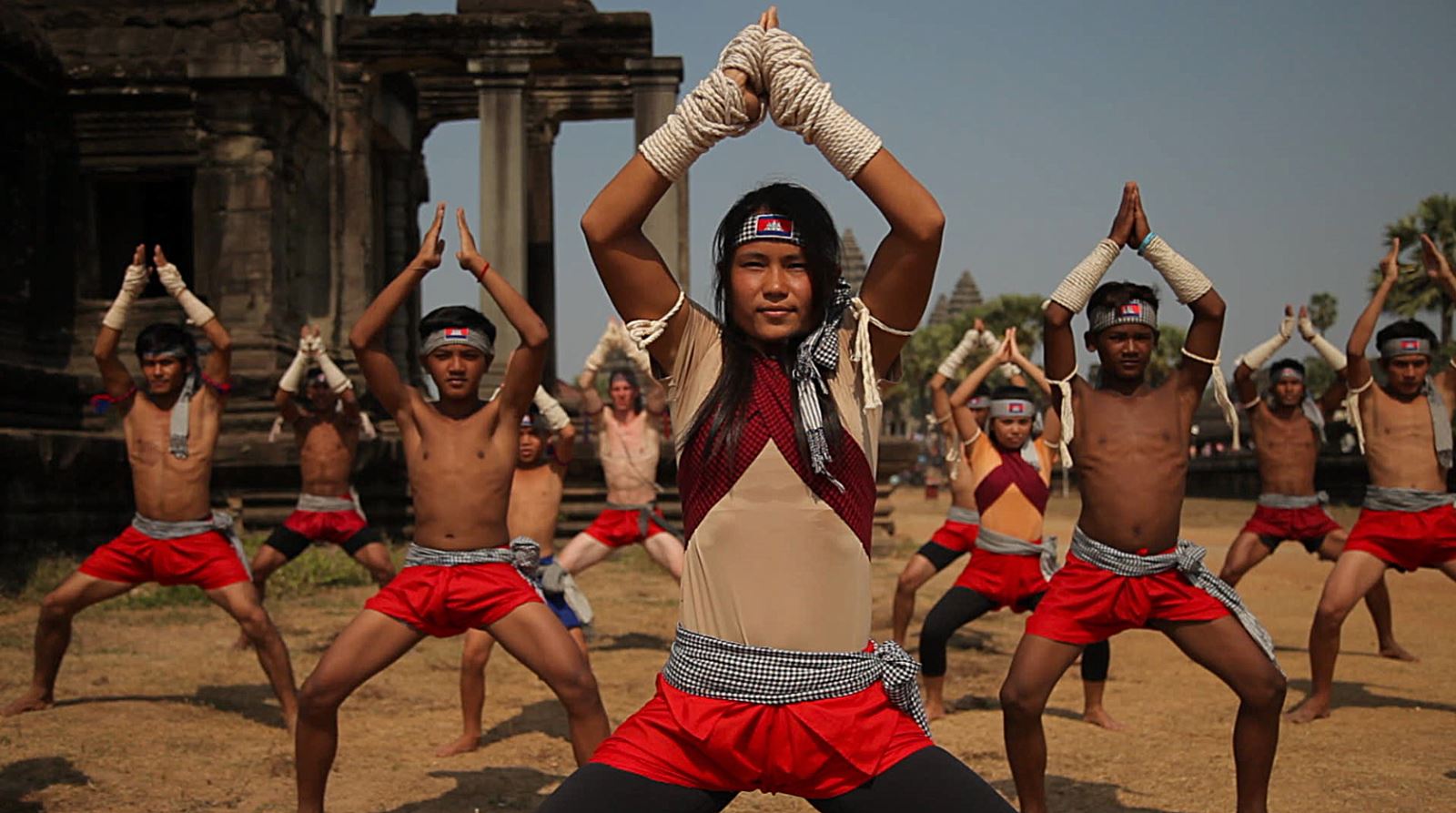
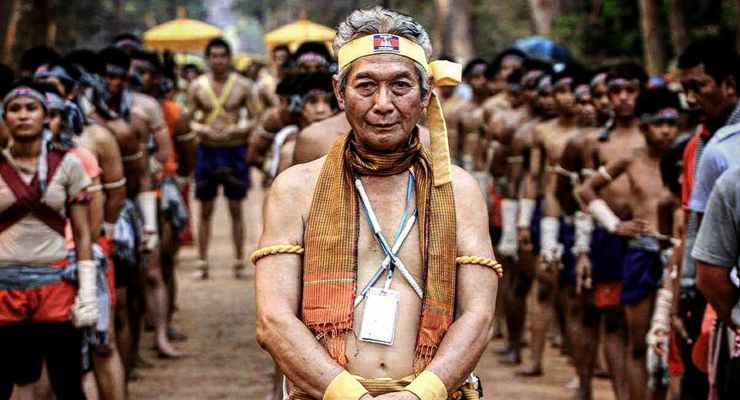
When fighting, bokator exponents still wear the uniforms of ancient Khmer armies. A krama (scarf) is folded around their waist and blue and red silk cords called, sangvar day are tied around the combatants head and biceps. In the past the cords were believed to be enchanted to increase strength, although now they are just ceremonial.

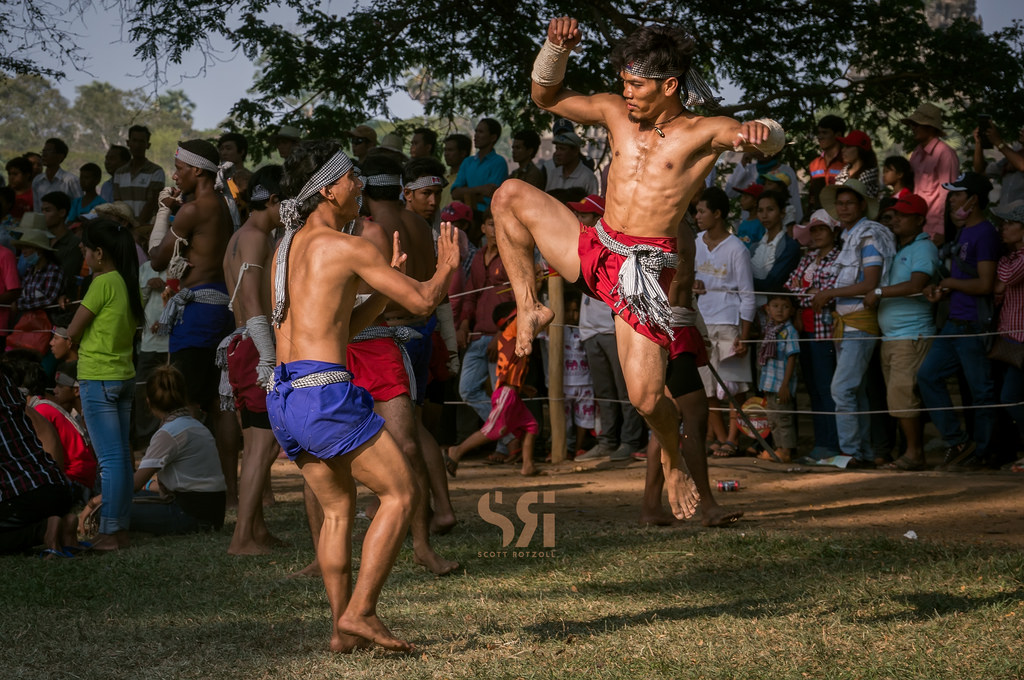
The art contains 341 sets which, like many other Asian martial arts, are based on the study of life in nature. For example, there are horse, bird, naga, eagle, and crane styles each containing several techniques. Because of its visual similarity, bokator is often wrongly described as a variant of modern kickboxing. Many forms are based on traditional animal styles as well as straight practical fighting techniques. Pradal serey is a more condensed fighting system which uses a few of the basic (white krama) punching, elbow, kicking and kneeing techniques and is free of animal styles.
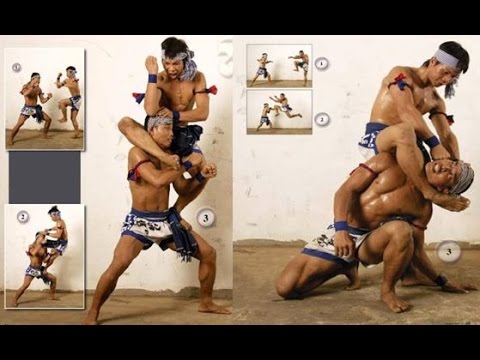
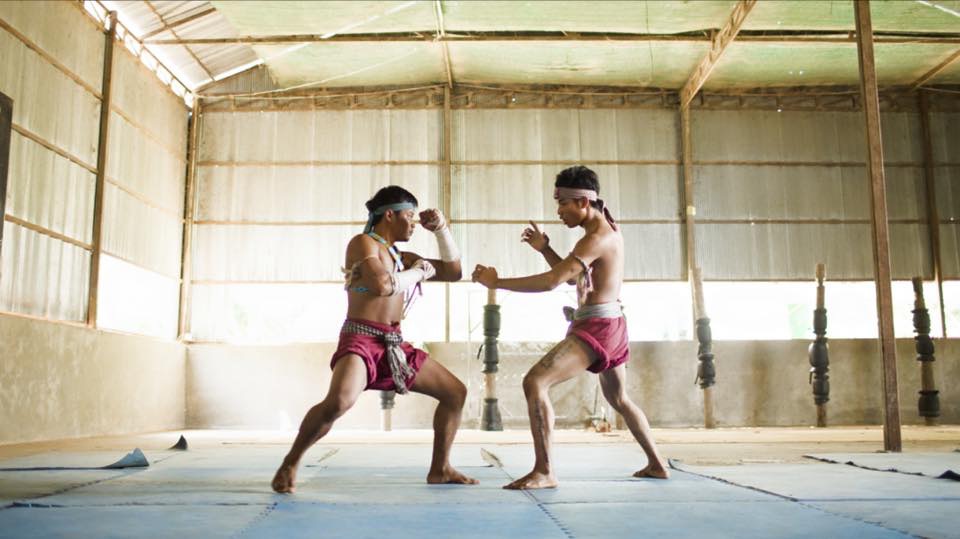
The krama shows the fighter’s level of expertise. The first grade is white, followed by green, blue, red, brown, and finally black, which has 10 degrees. After completing their initial training, fighters wear a black krama for at least another ten years. To attain the gold krama one must be a true master and must have done something great for bokator. This is most certainly a time-consuming and possibly lifelong endeavor: in the unarmed portion of the art alone there are between 8000 and 10000 different techniques, only 1000 of which must be learned to attain the black krama.
According to wikipedia











